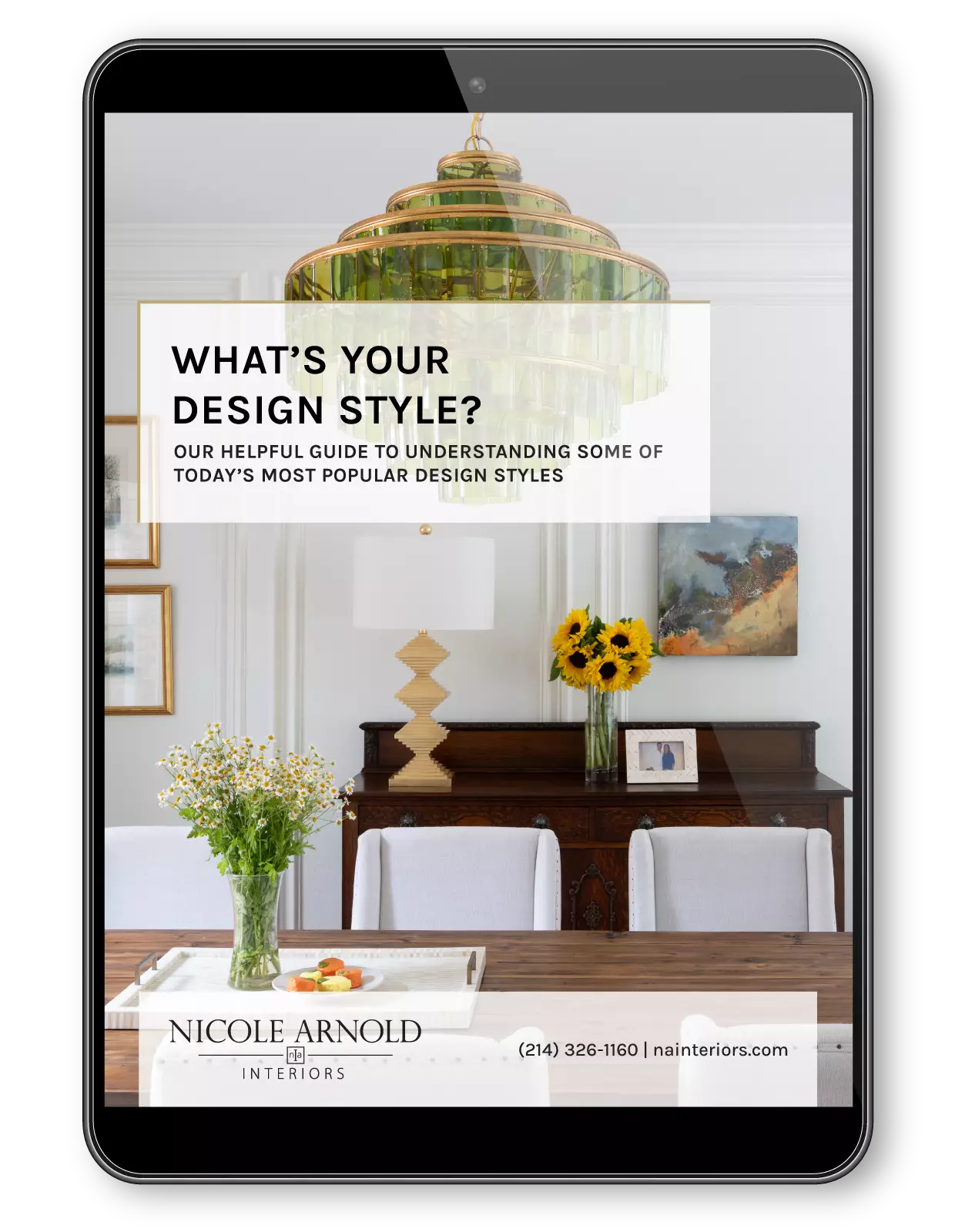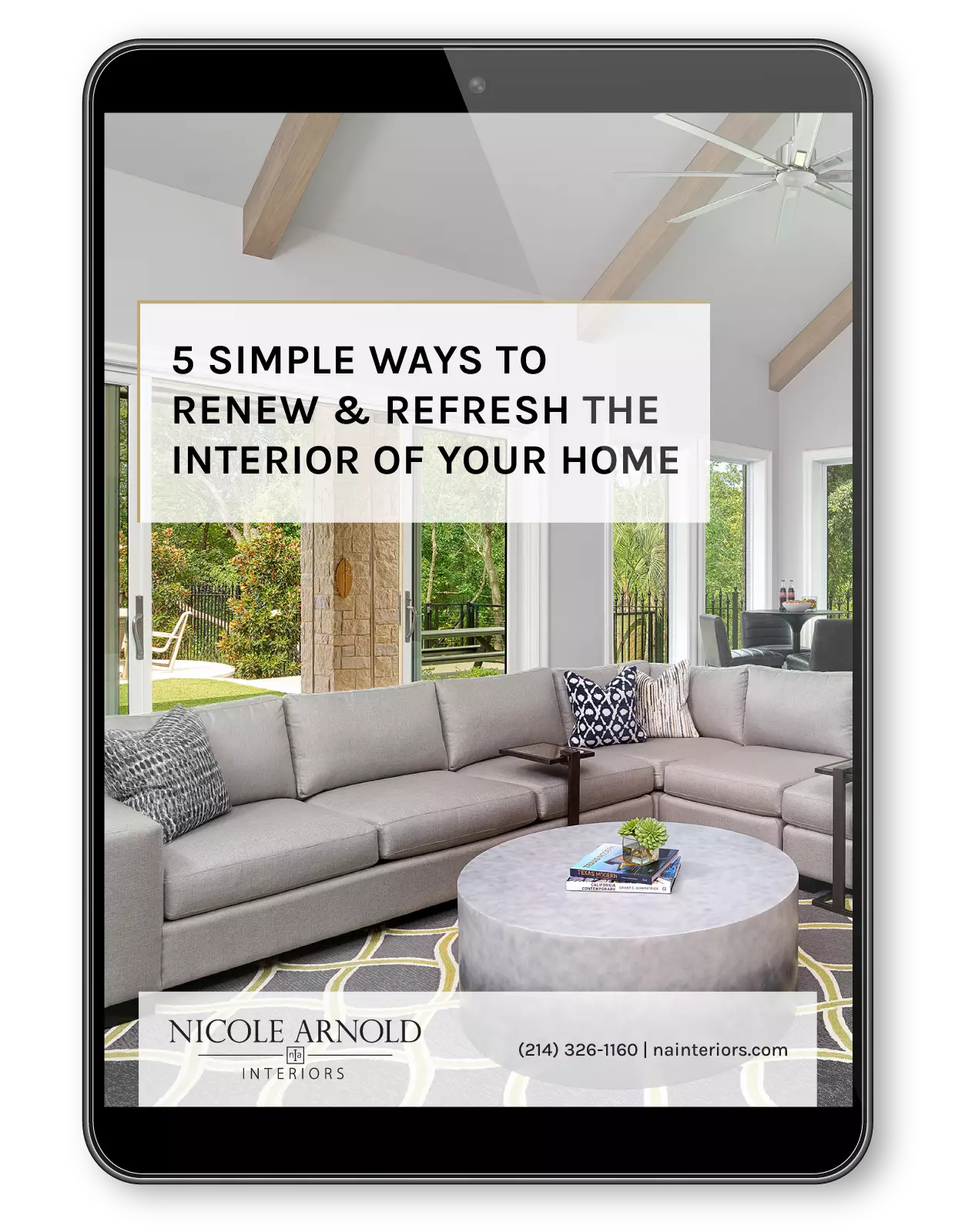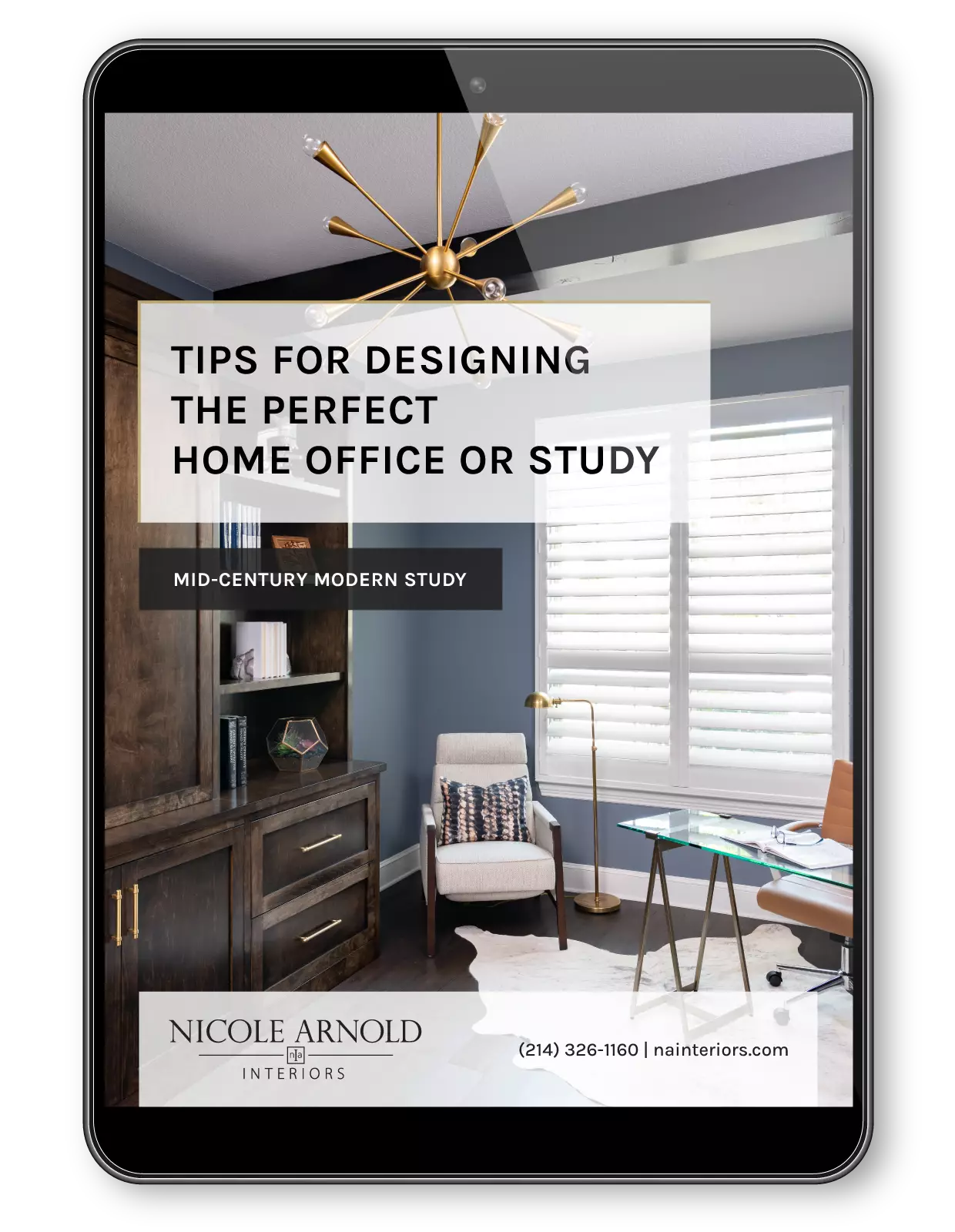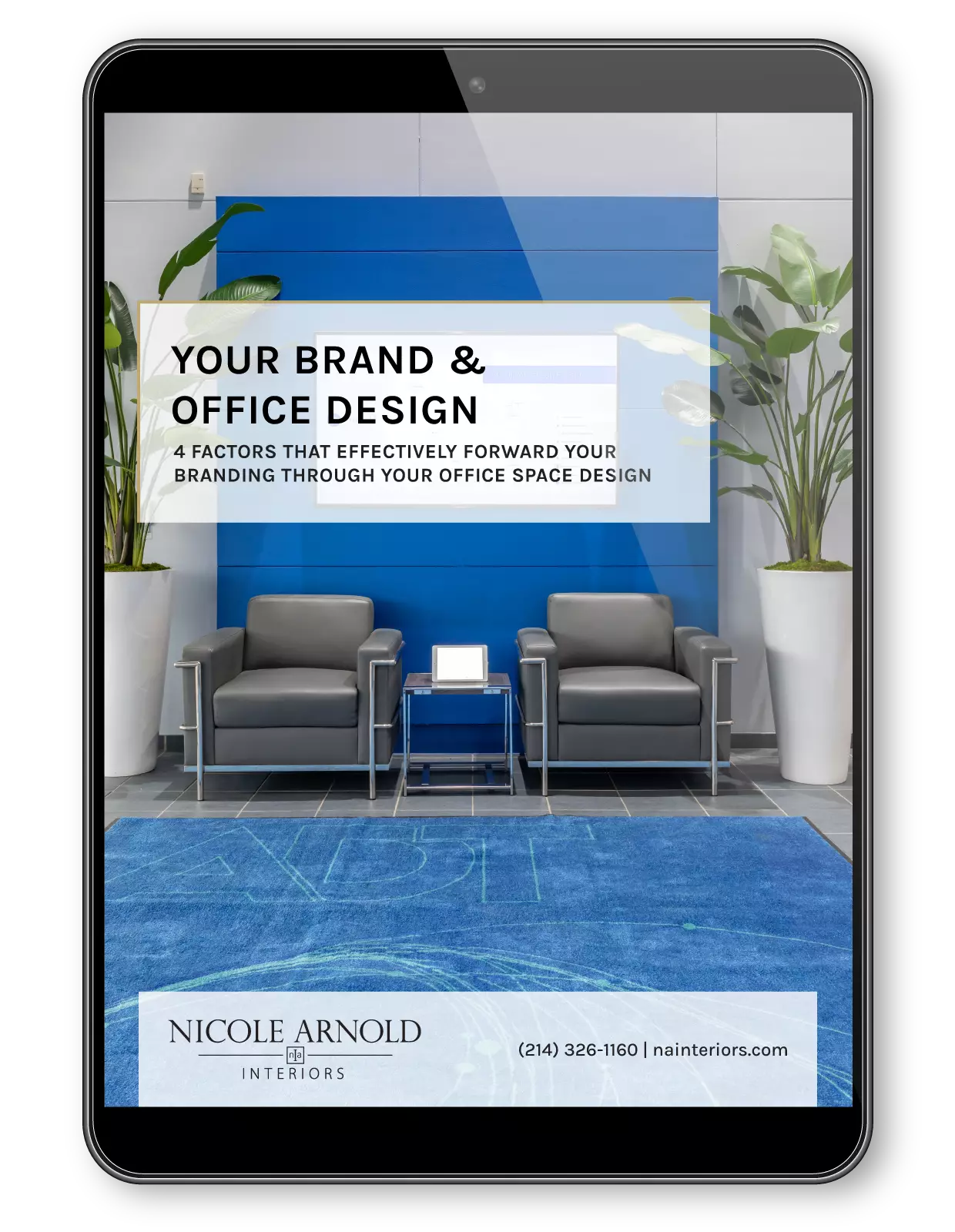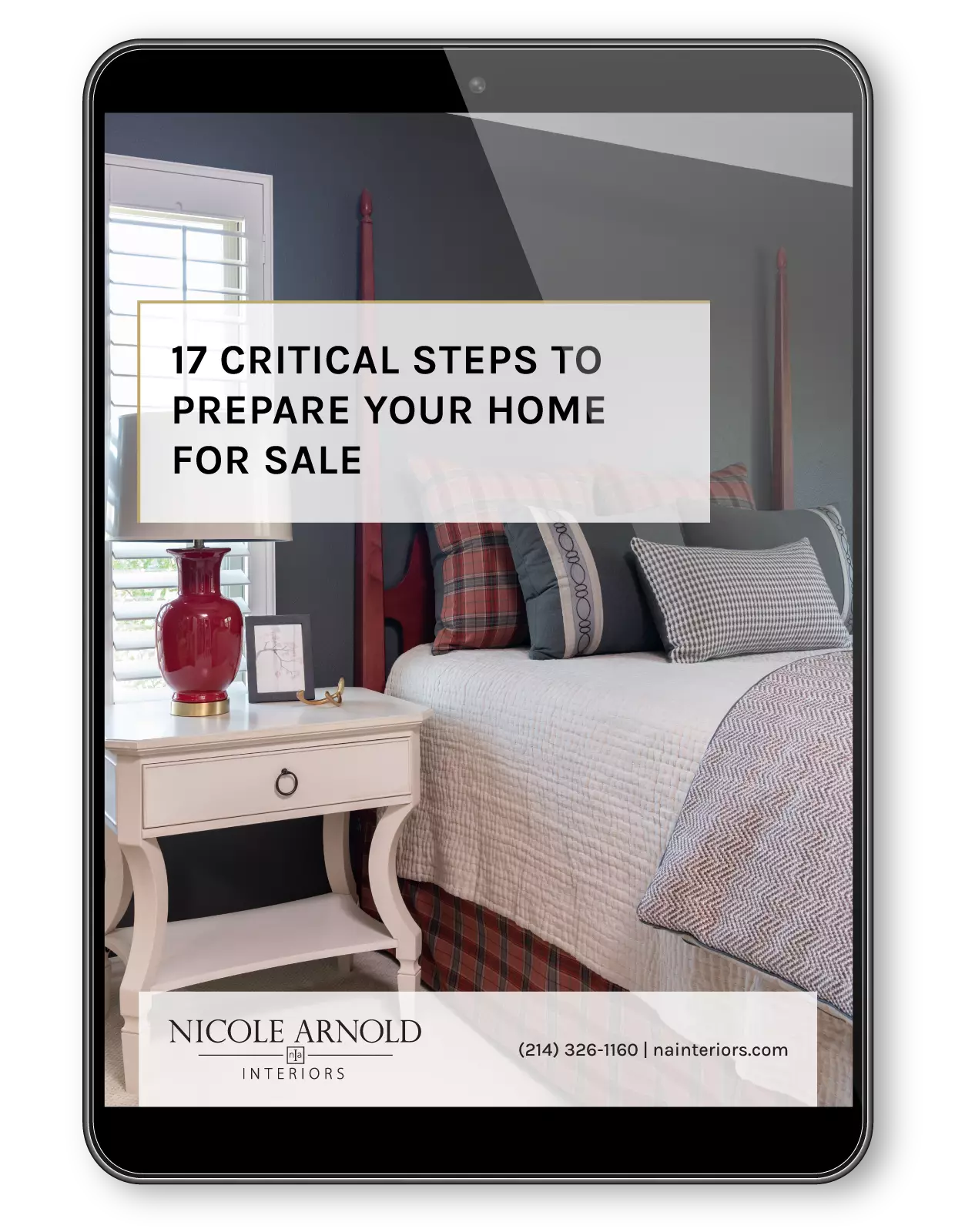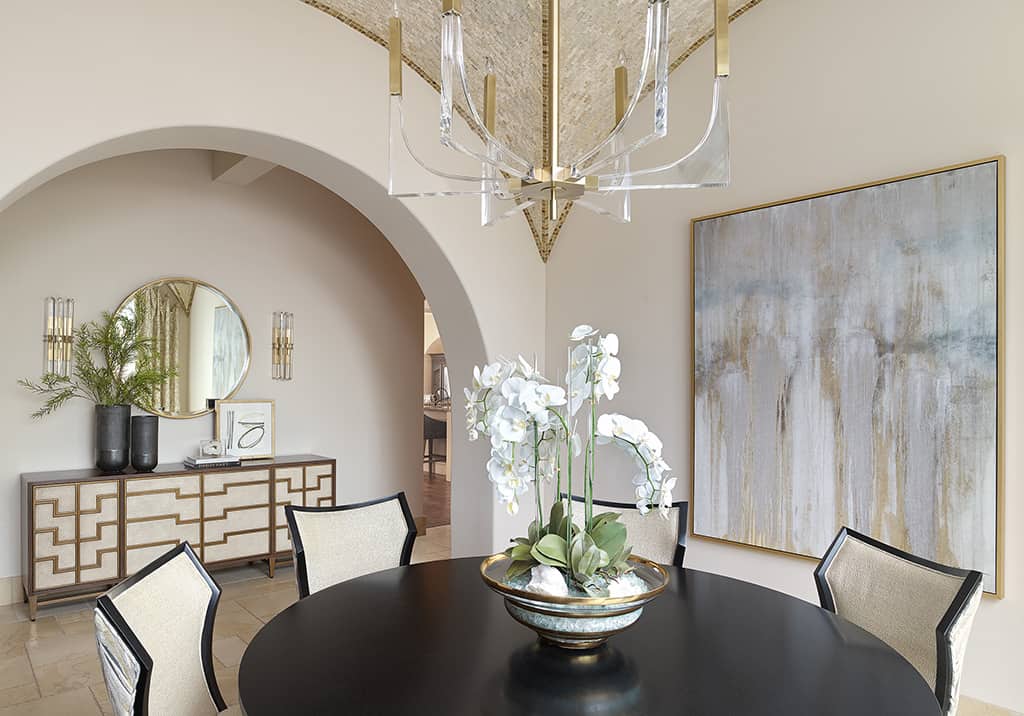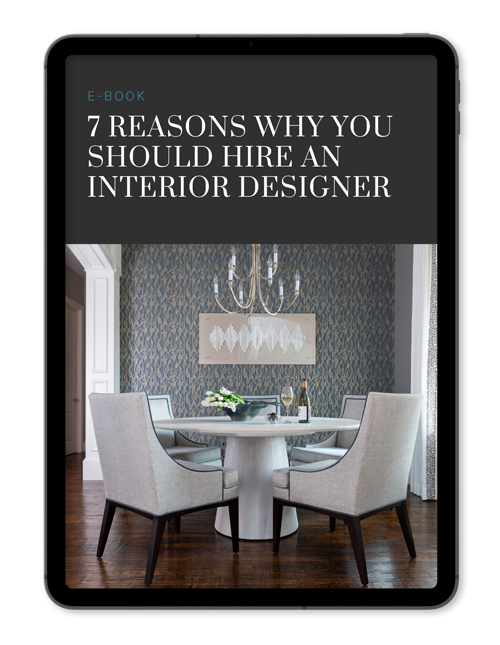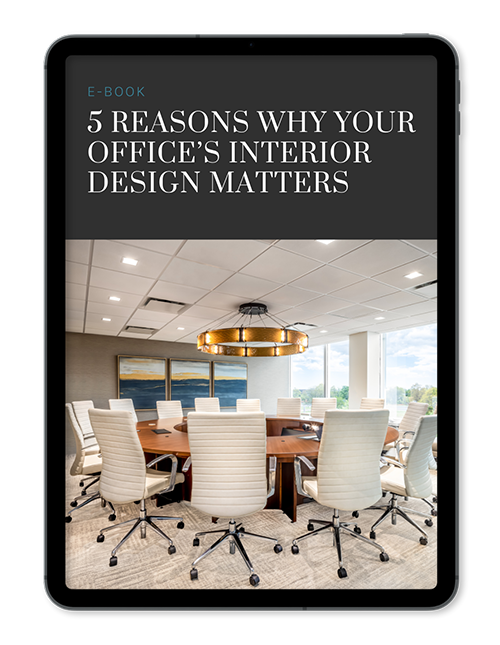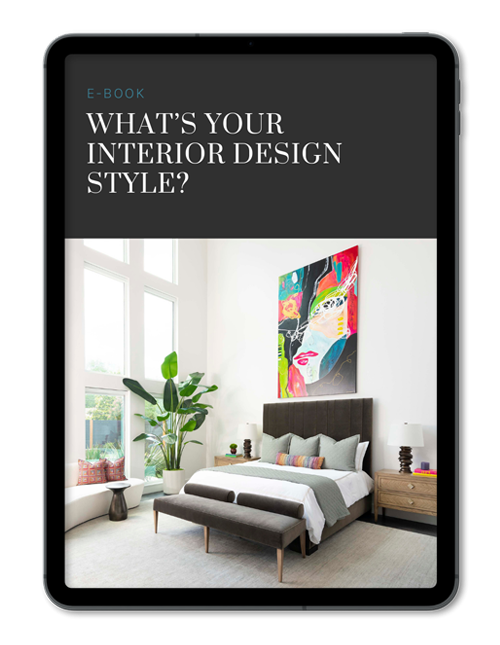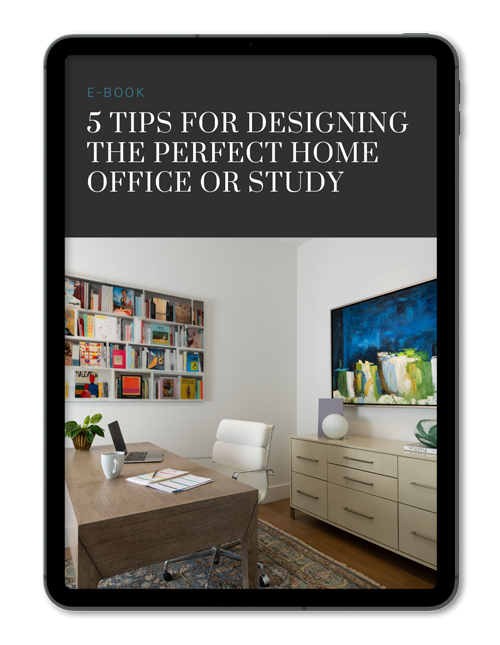When you think about transforming your space, it’s crucial to start with a clear vision. Interior design isn’t just about aesthetics; it’s about creating an environment that reflects your lifestyle and emotions. Collaborating with professional designers, such as Nicole Arnold Interiors, can elevate your ideas, ensuring that every choice enhances functionality and beauty. They offer tailored solutions that align with your personal style while maximizing the potential of your space. So, what does the design process look like from concept to execution? Understanding this can help you make informed decisions that truly resonate with your aspirations, leading to a harmonious and inviting environment.
The Importance of a Clear Vision
When you commence on an interior design project, having a clear vision is essential because it acts as your guiding star throughout the process. This design vision shapes every decision, ensuring the space reflects your aesthetic preferences and meets client needs.
By defining specific objectives—like creating a wellness sanctuary—you align your creative efforts with practical elements. Utilizing visualization tools, such as 3D models and mood boards, helps both you and your clients refine ideas, transforming broad concepts into a detailed design plan.
This attention to detail streamlines the journey from concept to completion, enhancing the beauty and functionality of the spaces you create. Ultimately, a well-defined vision results in cohesive and harmonious designs that resonate emotionally with inhabitants.
Partnering With Professional Interior Designers
How can partnering with a professional interior designer transform your space into a haven that reflects your unique style?
By collaborating with skilled interior designers, you gain access to their expertise in thorough design, ensuring your vision becomes a reality. They leverage color theory and spatial arrangements to create living spaces that not only look stunning but also function well for your lifestyle.
Effective project management is key; designers help you navigate these challenges by coordinating timelines and budgets, preventing costly mistakes.
Utilizing advanced technology, like 3D renderings, they help clients visualize concepts, making the interior design process smoother and more enjoyable.
Ultimately, their guidance enhances your space, turning your dreams into beautifully designed realities.
The Design Process: From Concept to Execution
The design process is a journey that begins with an in-depth exploration of your preferences and needs, setting the stage for a space that truly reflects your personality.
It starts with a client consultation, where your vision lays the foundation for a tailored design concept. Designers then create a detailed scope of work and a design services agreement, outlining budget, expectations, and timelines.
Utilizing visualization tools like 2D and 3D renderings helps you see proposed ideas clearly. Effective project management is essential during execution, as designers coordinate contractors and materials to keep everything on track.
Your continuous feedback throughout the process guarantees the final outcome is a personalized space that aligns with your vision, making it all worthwhile.
Leveraging Technology for Enhanced Visualization
Ever wondered how technology can transform your vision into reality in interior design? With advanced visualization tools, you can explore stunning 2D and 3D renderings that help you and your clients visualize proposed layouts before implementation.
Mood boards showcase color schemes, materials, and furnishings, providing a thorough view of the final aesthetic. Virtual reality takes this a step further, allowing clients to “walk through” digital representations of their spaces, making informed choices about design elements.
Plus, technology streamlines the selection process for fabrics, tiles, and finishes, enhancing efficiency. Real-time collaboration between designers and clients guarantees that feedback is swiftly incorporated, keeping projects aligned with the latest interior design trends.
Embracing technology makes your vision tangible and exciting!
Real-Life Transformations: Case Studies in Design
When you plunge into the world of interior design case studies, you’ll discover how real-life transformations can breathe new life into spaces.
For instance, in “The Home That Grew,” a professional interior designer tackled a growing family’s practical needs by expanding living areas and redesigning the kitchen layout.
Similarly, “A Splash of Color” demonstrated how soft color schemes can make a small apartment feel airy and inviting.
In “Modern Meets Tradition,” designers preserved historic features while introducing contemporary elements, creating stunning, timeless designs.
These projects highlight the structured approach expert designers take, ensuring that each design vision aligns with clients’ needs.
Ultimately, these tangible design examples show how interior design can adapt to evolving lifestyles, blending beauty with functionality.
Weighing the Pros and Cons of DIY vs. Professional Services
Choosing between DIY projects and hiring professional interior designers can feel overwhelming, especially if you’re enthusiastic to create a space that truly reflects your personality.
DIY projects offer personal satisfaction, but they often lack the polish of professional services. Skilled designers in the interior design industry know the ins and outs of color theory, spatial arrangements, and functionality, ensuring cohesive designs that meet your needs.
While DIY might seem budget-friendly, it can lead to costly mistakes from inexperience. By collaborating with a designer, you’ll access exclusive materials and innovative solutions, turning your design vision into a reality.
Ultimately, professional expertise can create tailored spaces that resonate with your lifestyle, making the investment worthwhile.


